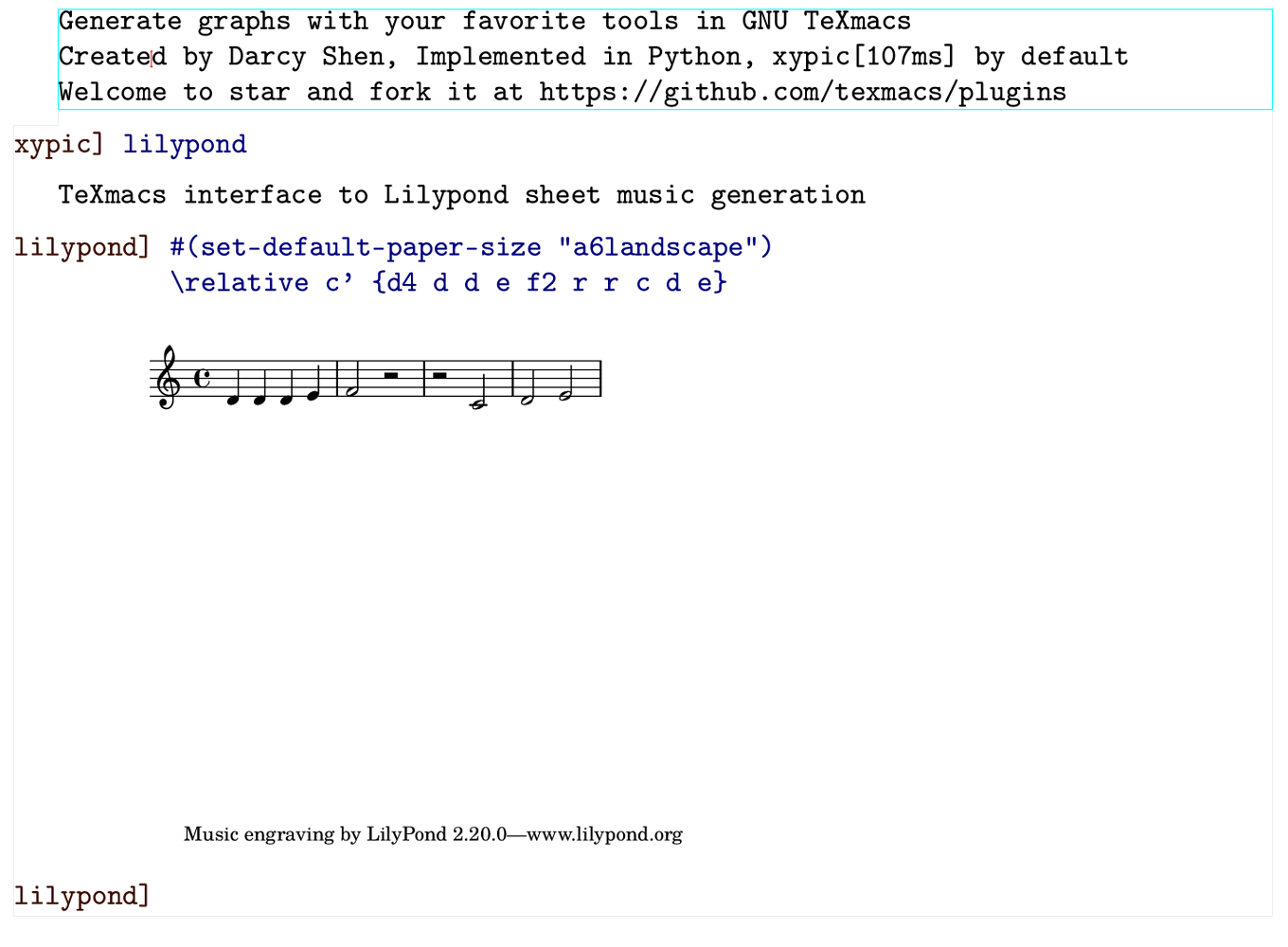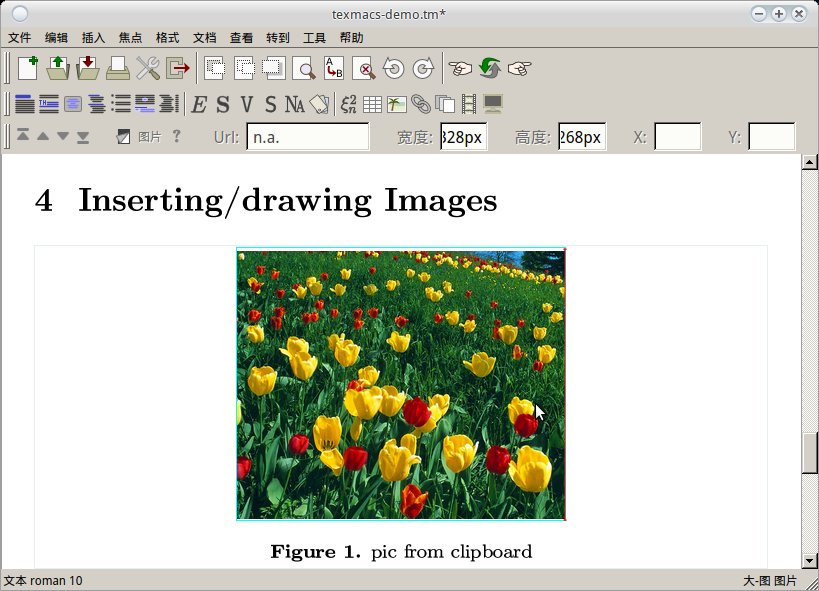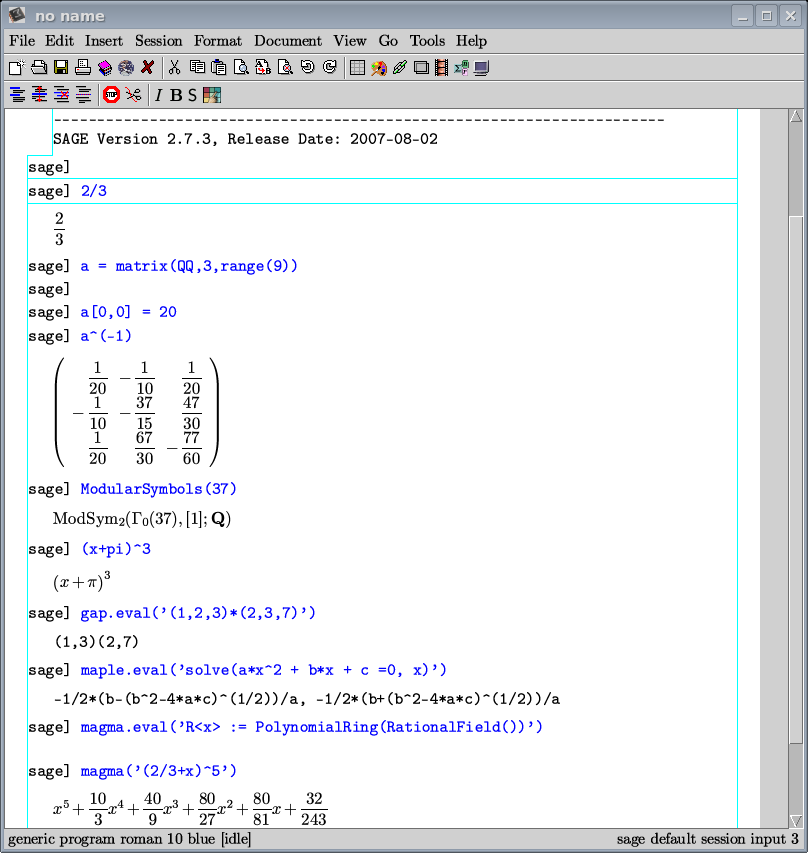

- #Texmacs plugins install#
- #Texmacs plugins software#
- #Texmacs plugins professional#
- #Texmacs plugins download#

The second is in the C:\Program Files\WinTeXmacs\TeXmacs\plugins directory. Note that the examples in each section are to be executed in the given order, as some calculations rely on ear- lier de nitions. A blog is at Notes on TeXmacs Similar projectsīelow there is a list of similar projects, WYSIWYG editors for structured documents with export to TeX or LaTeX. The first is in your C:\Documents and Settings\username\.TeXmacs\plugins directory. In the hope that it might be useful to someone, here are the novelties from the other, ancient, version: Tries to follow TeXmacs guidelines to document plugins, and hence provides help 'out of the box' It takes the idea of the prompt example plugin to insert output (I modified the headers of prompt. I use Texmacs 1.99.11 on windows 10, 64 bits.

There used to be also a TeXmacs wiki where you could find more help, but now it is only available in the Internet Archive. Next time you run TeXmacs, the plugin should be available.
#Texmacs plugins software#
There are exist many plugins for TeXmacs, among others for Maxima computer algebra system and R software environment for statistical computing. This is particularly powerful in relation to Lisp-like extension languages (we chose Guile Scheme, because this is a standard extension language for the GNU Project and Gnome), which are particularly suited for tree manipulations. Just like the native format of an Emacs document is basically a string, the native format of a TeXmacs document is a tree. One of the fundamental ideas behind TeXmacs is that we wanted a WYSIWYG editor for structured documents with the same customizability as Emacs. It uses Guile/Scheme as extension language. Customizing the keyboard and menus for particular purposes. This mechanism may serve multiple purposes: Interfacing TeXmacs with existing software. TeXmacs is also used as an interface for computer algebra systems. Writing plug-ins for TeXmacs (FSF GNU project) TeXmacs can easily be extended with new functionality using the mechanism of plug-ins.
#Texmacs plugins install#
Plug-ins are both easy to install by other. matlab.en.tm matlab-abstract.en.tm (basically an adaptation of Joris van der Hoevens octave-abstract.en. After starting TeXmacs, try to add a Sage session to the current TeXmacs buffer, by doing Insert Session Sage. The program implements high-quality typesetting algorithms and TeX fonts, which help you to produce professionally looking documents. The plug-in system provides a universal mechanism to combine one or several such extensions in a single package. I have written documentation files for the Matlab-plugin. The editor allows you to write structured documents via a wysiwyg (what-you-see-is-what-you-get) and user friendly interface. GNU TeXmacs is a free scientific text editor, which was both inspired by TeX and GNU Emacs. Teflon! I'm hoping to get similar results with Sympy. I'm absolutely astounded with the Maxima plugin. session (dies with "undefined plugin: sympy" Decompress it in /.TeXmacs/plugins Copy all the xpm icons from /.TeXmacs/plugins/sciword/pixmaps to /.TeXmacs/misc/pixmaps In TeXmacs main menu: View -> User provided icons-How to help:-Problem 1:-The following symbol from package 'amssymb' doesnt exist in teXmacs.
#Texmacs plugins download#
* download files from Sympy Github and try to place in Double-clic and TeXmacs & Cie are installed.

Sympy seems to have a plugin for TeXmacs in Github. something direct to install on his computer (package TeXmacs + neighboors programms + plugin listed here).


 0 kommentar(er)
0 kommentar(er)
